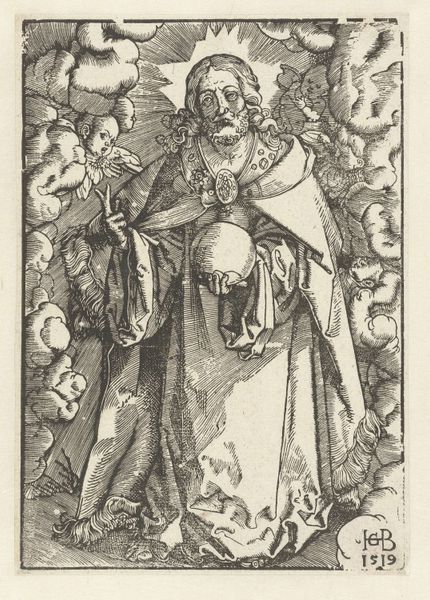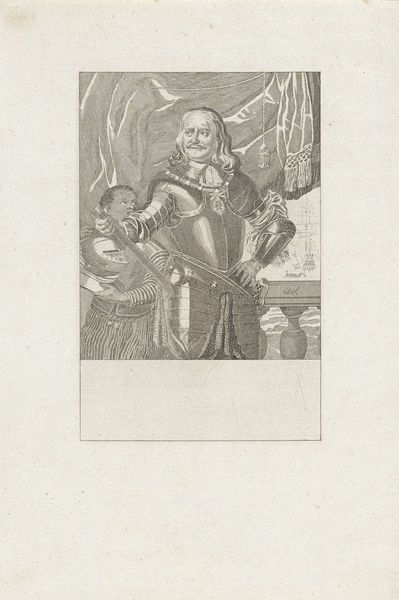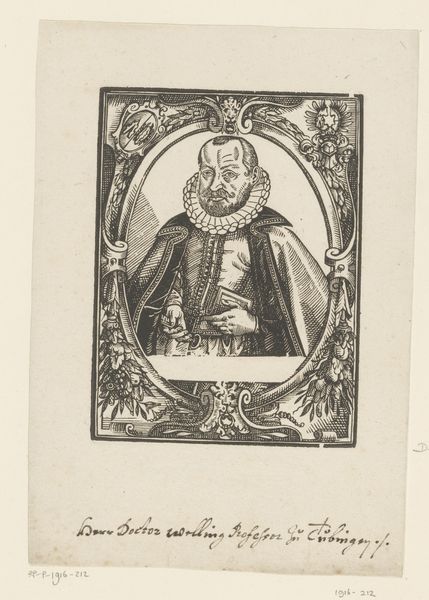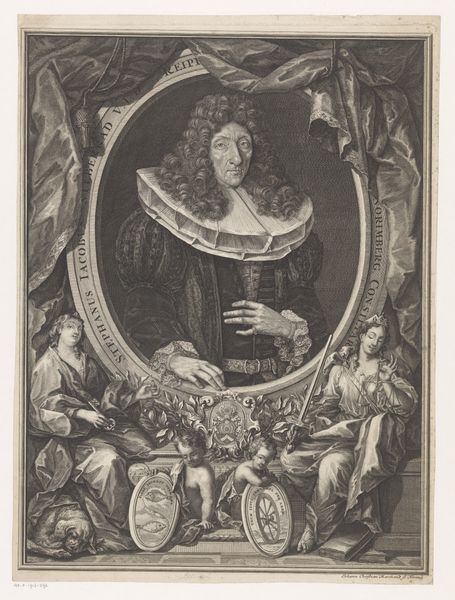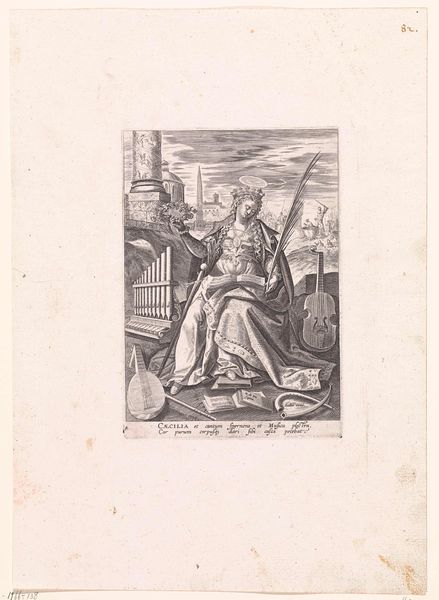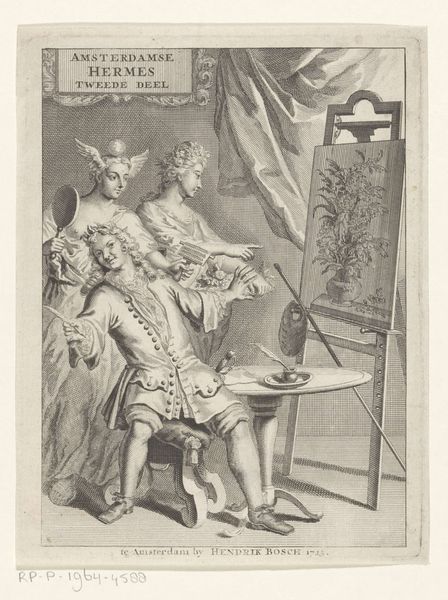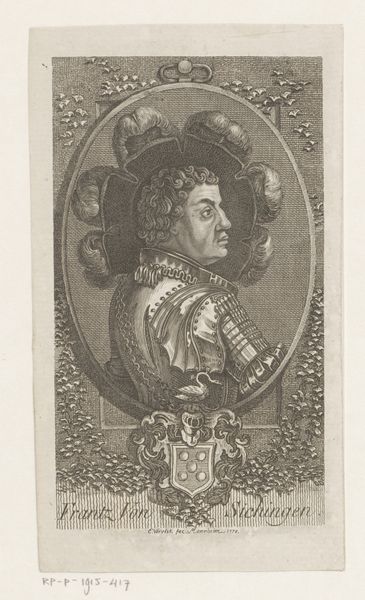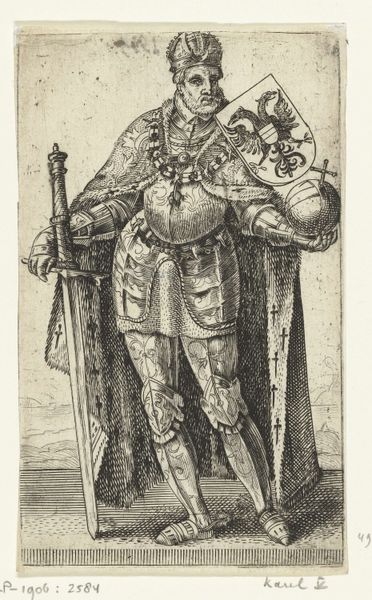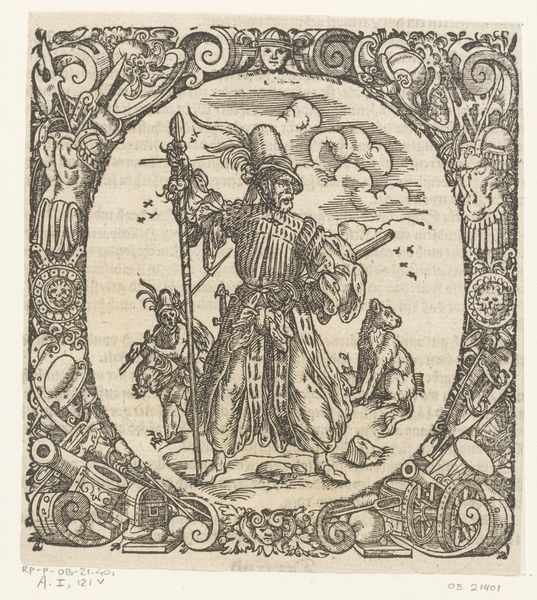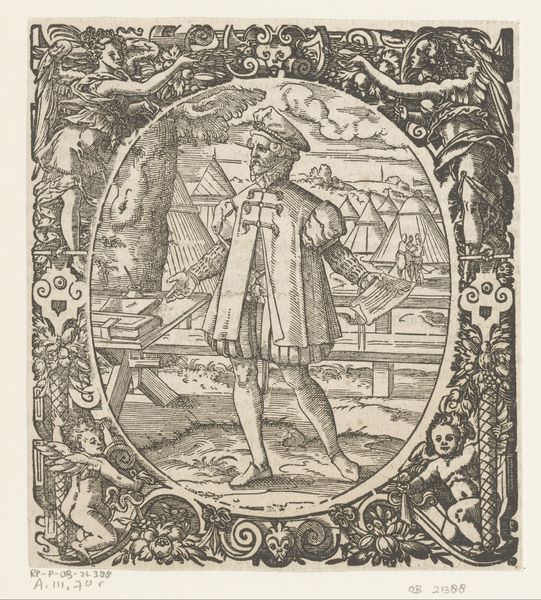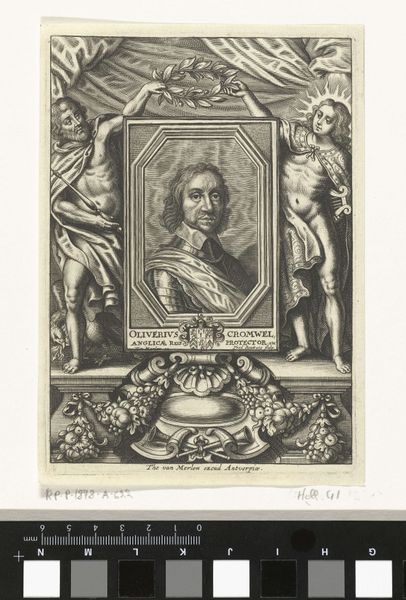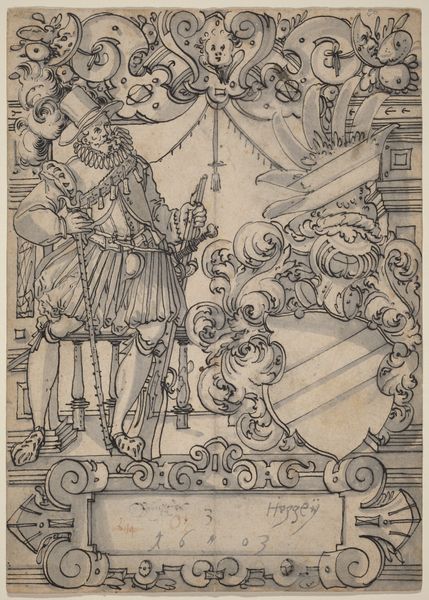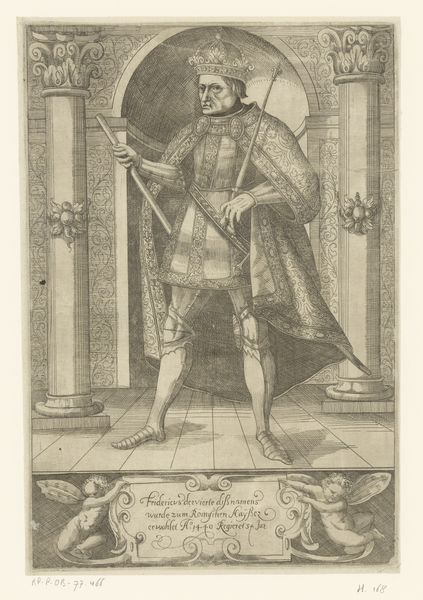
drawing, print, ink, pen, engraving
#
portrait
#
drawing
#
medieval
# print
#
pen illustration
#
figuration
#
ink line art
#
ink
#
cross
#
cupid
#
line
#
pen work
#
pen
#
engraving
Dimensions: sheet: 17 13/16 x 11 5/16 in. (45.2 x 28.7 cm)
Copyright: Public Domain
Curator: What a striking composition. I see the power of line, its capacity to define form and convey a sense of depth. It’s like looking at a gothic tapestry translated into graphic form. Editor: Indeed! I am captivated by the stark contrasts and linear nature. Today, we are looking at “Detail of the Crowning of the Virgin,” a pen and ink drawing from 1922, housed here at the Metropolitan Museum. Curator: The texture and detail achieved purely with ink lines—that meticulous mark-making, speaks to the tradition of craftsmanship in producing such works. What was the role of labor in making these drawings in the early 20th century, especially given the rise of print culture? Editor: You are right; one can truly appreciate the dedication. This line work is fantastic and brings depth and texture to the design. What does this imagery mean though, as design and sign? Note the details such as the Cupid-like angel at top-right corner, and the cross over Saint Johannes' left shoulder. Curator: Surely those are markers of Christian power. Given the print medium and religious subject matter, could we be seeing popular culture reinforcing ecclesiastical dominance? Editor: Very insightful, those symbols within the image resonate even for non-religious audiences. I wonder how medieval design concepts influence the overall composition of this 20th-century artwork. What message is the artist conveying? Curator: Perhaps less about medieval belief and more about adapting it to new means of production? Or maybe it’s simply about trying to sell popular images with some nostalgic connection to that era. Editor: So true, context can really alter the understanding of art and its use! I appreciate how we can still examine, reflect, and engage with the work and how materials are used in it. Curator: Yes, considering the artist’s labor alongside art and materials is just a means to broaden our sense of context. It’s remarkable to see how a fairly straightforward composition becomes increasingly fascinating when examining production. Editor: I think that whether it reinforces social norms or challenges artistic ideas, a careful visual inquiry, aided by these additional thoughts about its making, surely expands our perception. Thank you.
Comments
No comments
Be the first to comment and join the conversation on the ultimate creative platform.
